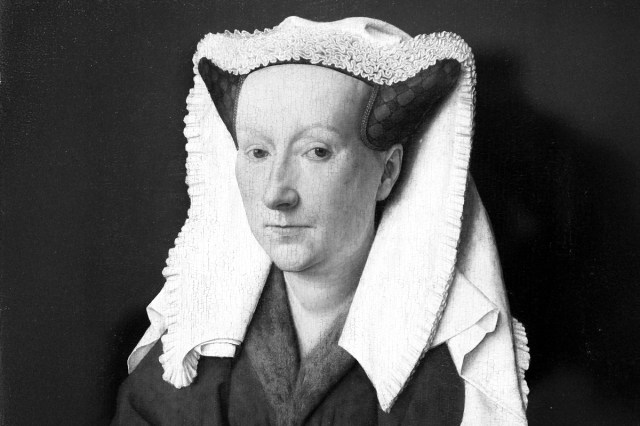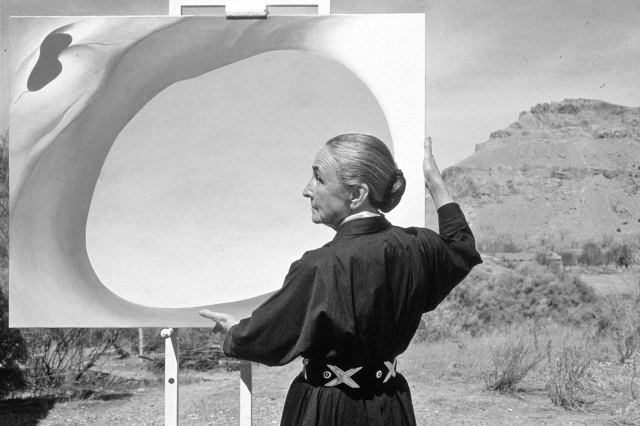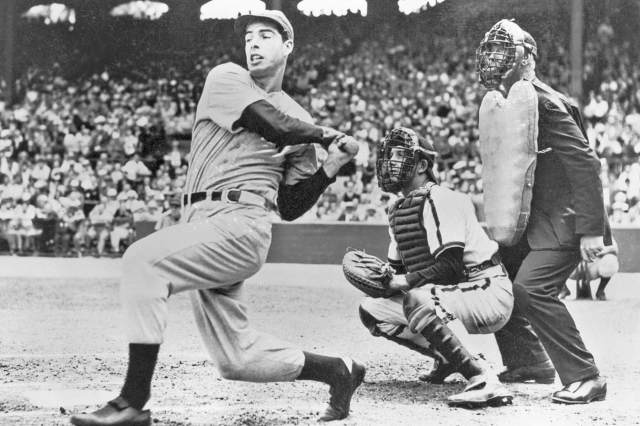Why Do People Have Such Big Foreheads in Old Paintings?
Europe’s Renaissance period spanned the 14th through 17th centuries, forming a bridge between the Middle Ages and the modern era. It was marked by cultural, artistic, and intellectual developments, as well as a surge of interest in classical scholarship and values.
During this influential time, the arts flourished, and names such as Leonardo da Vinci, Michelangelo, Raphael, and Botticelli were forever etched into history — along with, as it happens, the surprisingly large foreheads that many Renaissance paintings depicted.
If you’ve ever examined the portraits from this era, you may have noticed a strange preponderance of spacious brows, especially in depictions of women. Examples abound, whether it be Rogier van der Weyden’s “Portrait of a Lady,” Petrus Christus’ “Portrait of a Young Girl,” or the numerous portraits of aristocratic women painted by Jan van Eyck. For a modern audience, it’s quite a peculiar look. So what exactly was going on here?

Beauty Ideals During the Renaissance
The large foreheads seen in many Renaissance works of art were not simply creative exaggerations or anatomical quirks — they were deliberate reflections of the beauty standards at the time. During the Renaissance, a high, broad forehead was considered a hallmark of feminine beauty, virtue, and intelligence — with the extended brow possibly suggesting a larger brain. The look also gave an almost babylike appearance to people’s faces, perhaps a deliberate effort to capture the era’s values of purity and innocence.
It’s impossible to say precisely when, where, or even why this fashion trend emerged, but it was likely influenced by literature, and particularly poetry. In the 14th century, the Italian poet Petrarch wrote more than 300 sonnets to his beloved, Laura, in which he at times comments on her beautiful forehead (“that sweet face, that hair, that brow”). And in the “General Prologue” of Geoffrey Chaucer’s The Canterbury Tales, written between 1387 and 1400, the author’s description of a nun is very similar to the typical beauty standards of the Renaissance:
Very seemly her pleated wimple was;
Her nose was fine; her eyes were grey as glass;
Her mouth was small and therewith soft and red;
But certainly her forehead was fairly spread;
It was almost a full span broad, I own.
A “wimple” was a cloth head-covering common in the Middle Ages. In this case, it didn’t cover the nun’s forehead, which Chaucer describes in positive terms as being almost a span wide — a span being a unit of length measuring the distance from the tip of the thumb to the tip of the little finger, typically about 9 inches.
Poetic influences such as these may have popularized the notion, at least in aristocratic circles, that a large forehead was a thing of beauty. It was certainly a well-established look during the Renaissance, as documented in Italian writer and poet Agnolo Firenzuola’s 16th-century work On the Beauty of Women. He suggests, “The forehead must be broad, that is, wide, high, fair, and serene. Many people prefer the height, which is measured from the hairline to the edge of the eyebrows and the nose, to be a third of the face.”





















